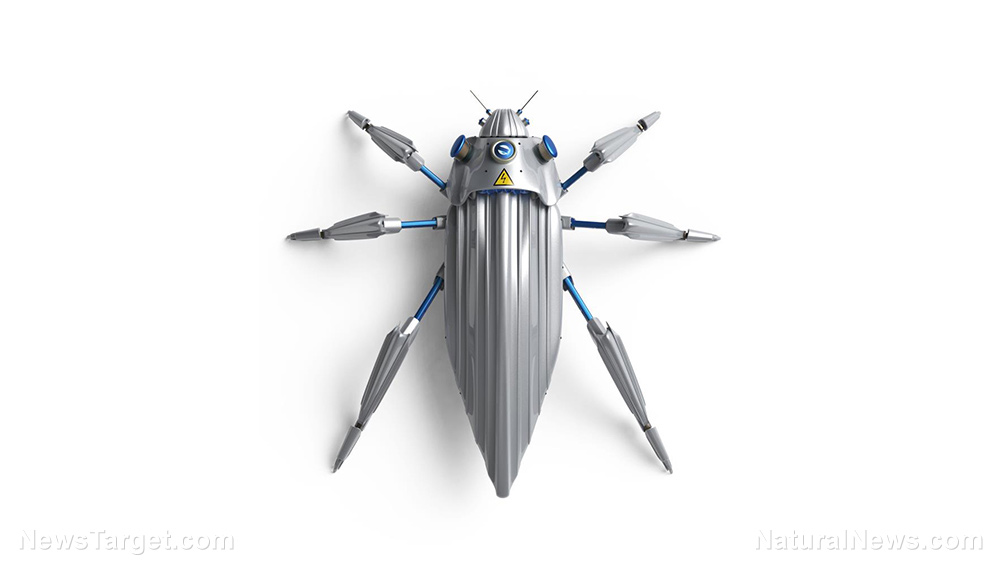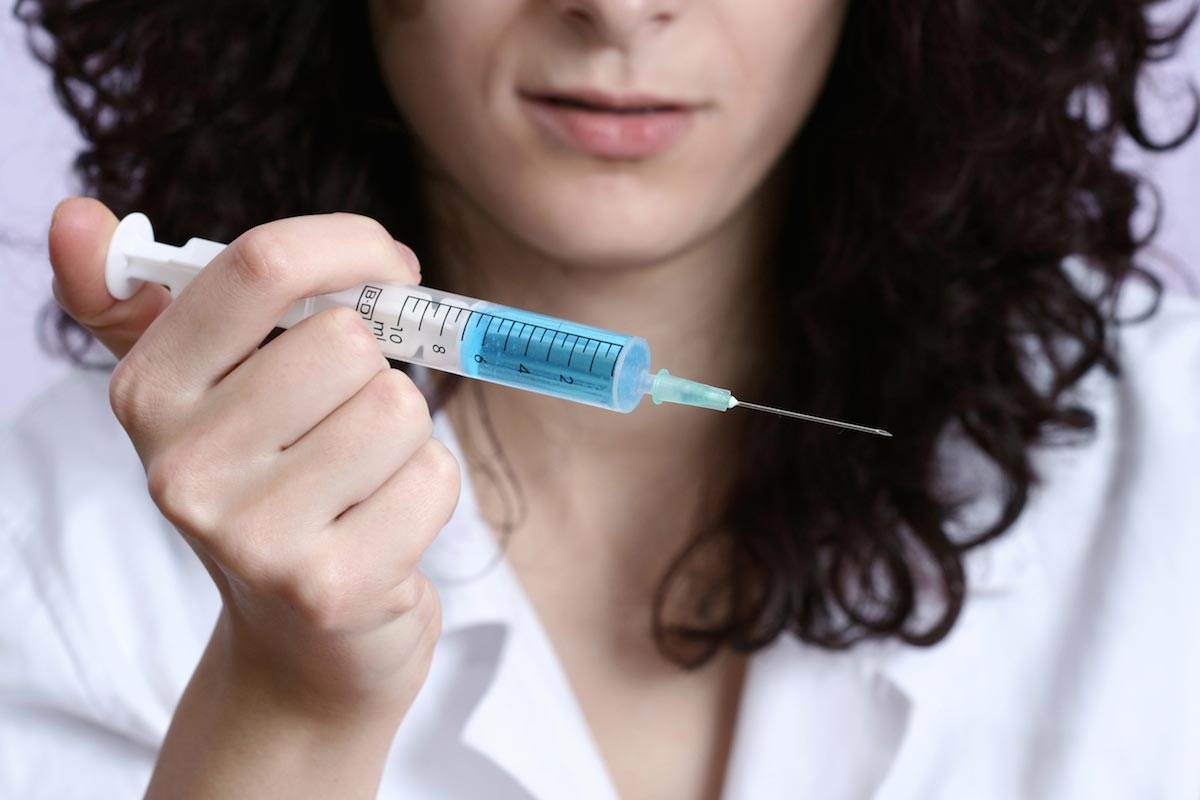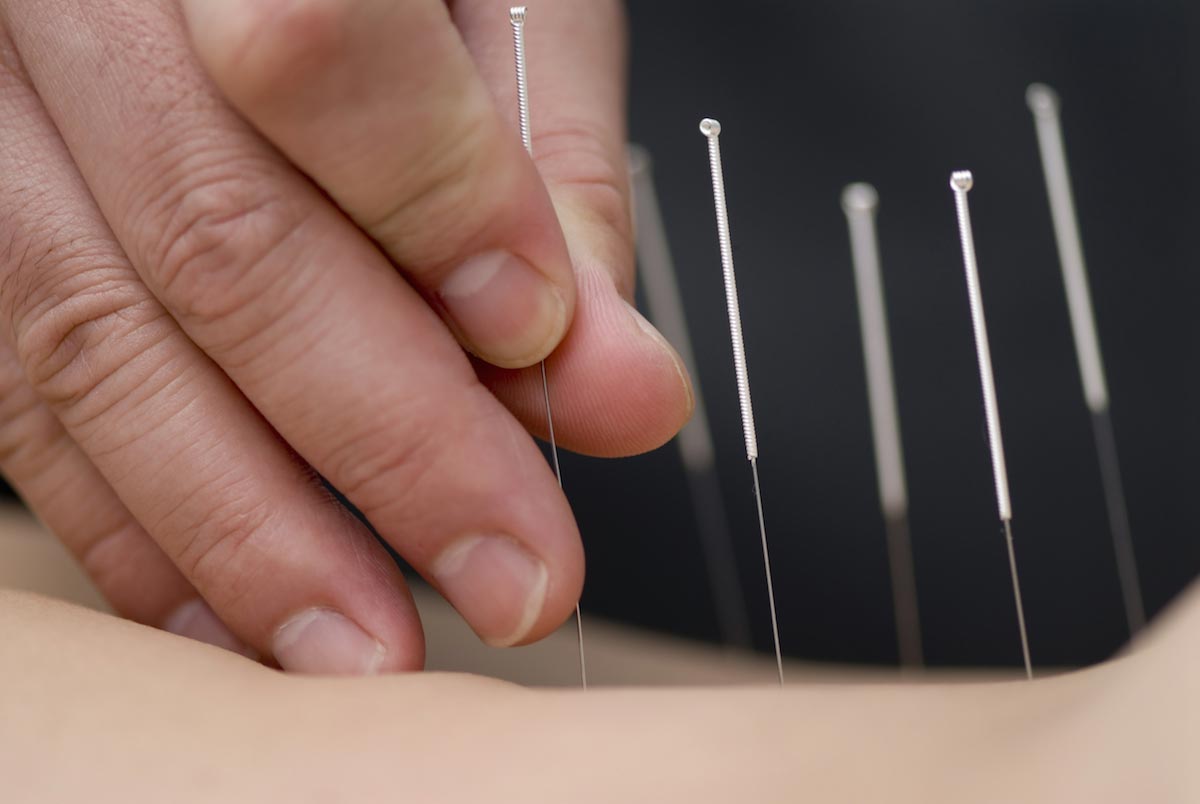Brain stimulation with magnets proves to be an effective treatment for MS patients
03/01/2018 / By Jhoanna Robinson

At least 90 percent of people with multiple sclerosis complain of experiencing severe fatigue, which can damage a person’s work and personal life, and results in many people having to give up their jobs. As a matter of fact, a lot of people with multiple sclerosis report that fatigue is one of the most bothersome symptoms of the disease.
Treatment options for fatigue are limited. Fortunately, deep transcranial magnetic stimulation (dTMS) has been utilized in the diagnosis and treatment of a whole slew of neurological and psychiatric disorders. (Related: Deep Brain Stimulation Inexplicably Restores Vivid Memories.)
In the study that was conducted by Professor Friedemann Paul of the NeuroCure Clinical Research Center, it was found out that dTMS, using the proprietary H-coil, which is a technology that enables three times deeper brain stimulation than that of the normal TMS, allows the production of significant improvements in fatigue symptoms.
The gravity of MS-related symptoms was identified using a standardized questionnaire and the Fatigue Severity Scale. Thirty-three study participants who were experiencing fatigue were treated to a thrice-weekly sessions of dTMS for six weeks; the exercise involved a stimulation H-coil placed above the participant’s head, which creates a magnetic field that controls nerve activity and neural circuits in the brain. A control group received a placebo treatment.
“We observed no serious side effects in patients treated with dTMS, and it is therefore worth stressing the tolerability of this noninvasive electrophysiological technique,” Paul said.
100% organic essential oil sets now available for your home and personal care, including Rosemary, Oregano, Eucalyptus, Tea Tree, Clary Sage and more, all 100% organic and laboratory tested for safety. A multitude of uses, from stress reduction to topical first aid. See the complete listing here, and help support this news site.
The treatment was conducted with a new H-coil that was specifically designed for the study. The coil allows targeted stimulation of the brain which, according to the latest research, are key elements in MS-associated fatigue. A follow-up study involving a larger number of participants is set to be done soon.
For his part, Brainsway Ltd. chief technology officer Ronen Segal said: “We are excited about the collaboration between Prof. Dr. Friedemann Paul and his team at Charité NeuroCure and Brainsway for the studying the use of our patented Deep TMS technology for the benefit of MS patients, a new neurological field for us.
These promising results of relieving the very hard to treat fatigue symptoms in MS, brings a new hope for being able to provide a solution for the many patients who need it.”
Brainsway is a Jerusalem, Israel-based company that is dedicated to developing medical devices that use H-coil for dTMS as a noninvasive treatment for depression.
More on deep brain stimulation
Aside from multiple sclerosis, deep brain stimulation can also be utilized as treatment for diseases such as Parkinson’s disease and essential tremor, which is a nerve disorder that is characterized by the uncontrollable shaking of usually the head, tongue, arms, chin, hands, and larynx.
During the 1960s, surgery was used to disintegrate a small deep area in the brain called thalamus or another part of the brain called the globus pallidus.
The electrode for deep brain stimulation is implanted in the brain. It is linked by a wire to a pacemaker-like device that is left under the skin over the chest, generating electric shocks as it works.
Deep brain stimulation is advantageous in the sense that electrical stimulation can be adjusted as fit the needs of the patient, whereas surgical intervention is not. The electrode has four metal contacts that can work in different combinations such as even if one electrode contact is not in its exact location, one of the others or a combination of some of the other electrical contacts can make up for being closer to the proper target.
For more stories on the inner workings of the brain, visit Mind.news.
Sources include:
Tagged Under: advanced medicine, Brain, brain health, cognitive function, deep brain stimulation, fatigue, H-coil, medical technology, neural circuits, noninvasive electrophysiological technique, targeted stimulation, Transcranial magnetic stimulation




















